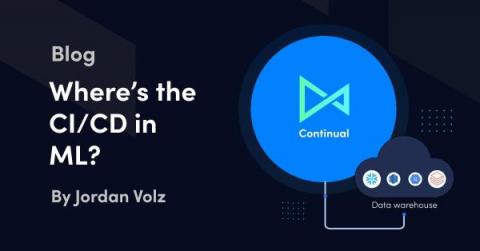AI and ML: No Longer the Stuff of Science Fiction
Artificial Intelligence (AI) has revolutionized how various industries operate in recent years. But with growing demands, there’s a more nuanced need for enterprise-scale machine learning solutions and better data management systems. The 2021 Data Impact Awards aim to honor organizations who have shown exemplary work in this area.











